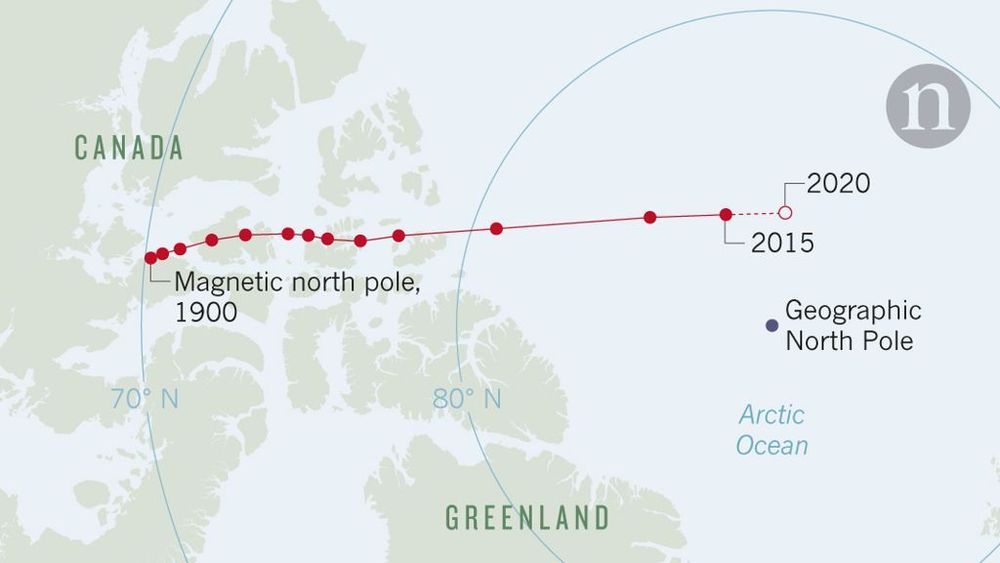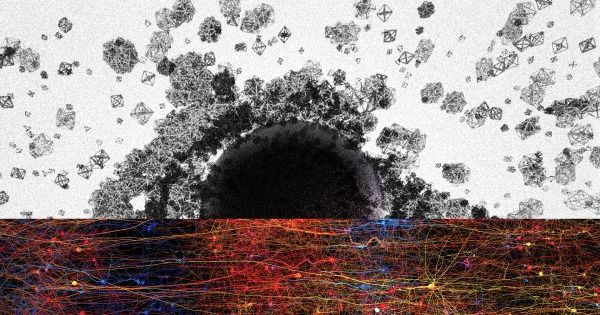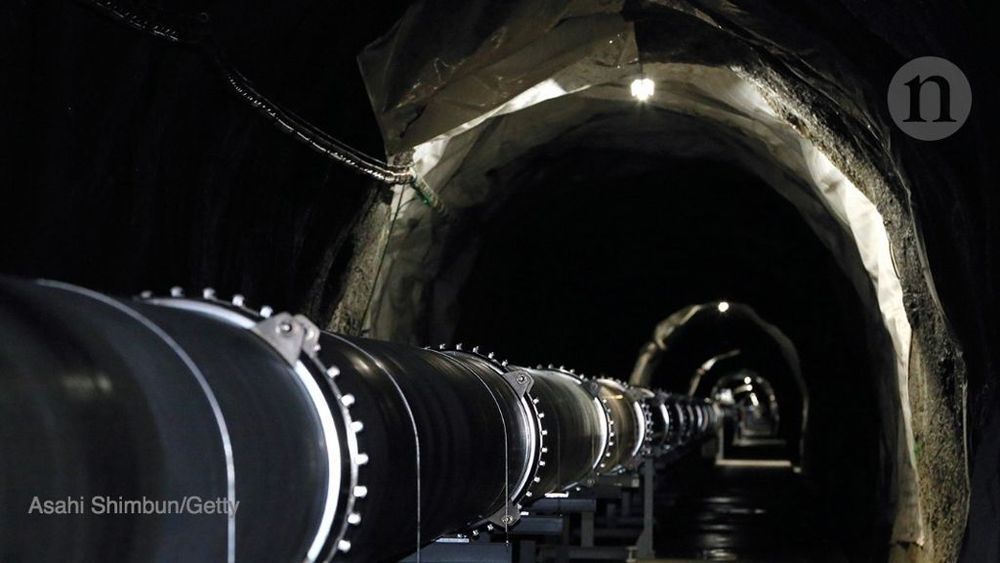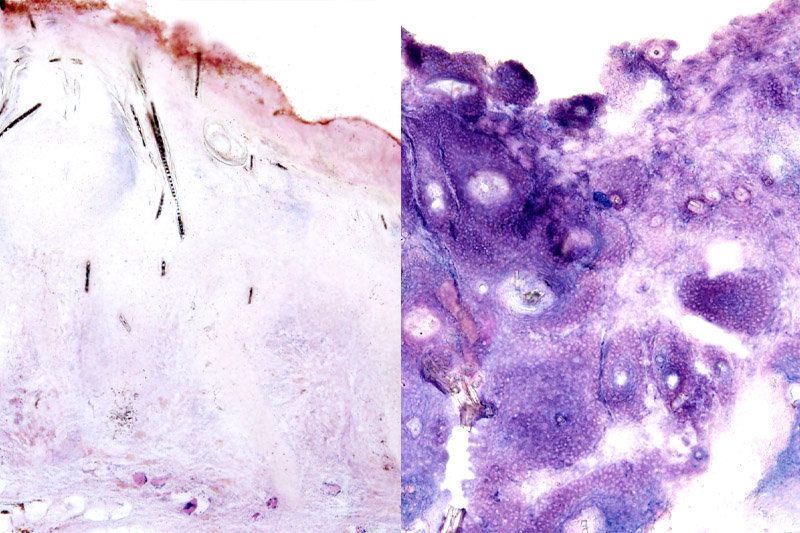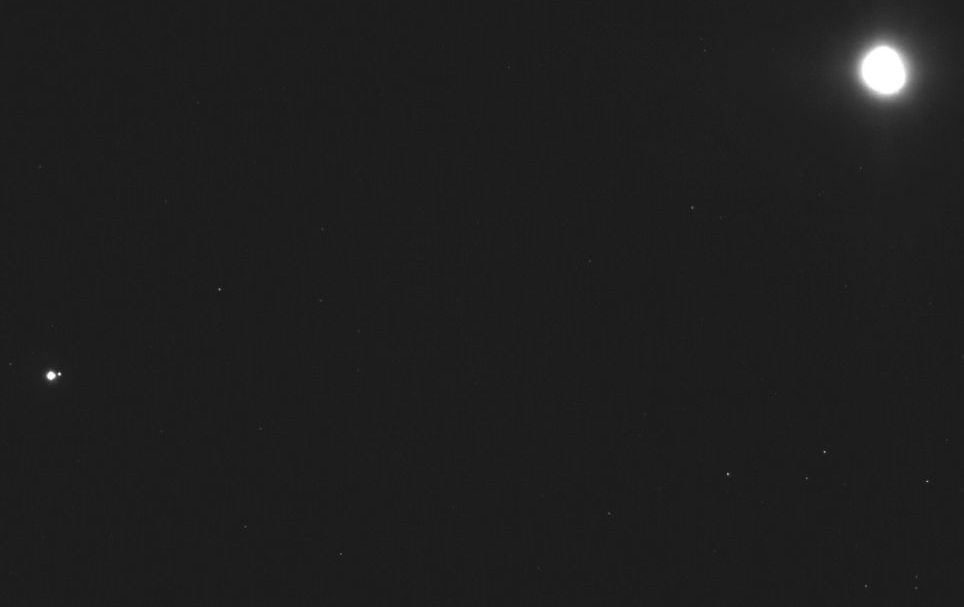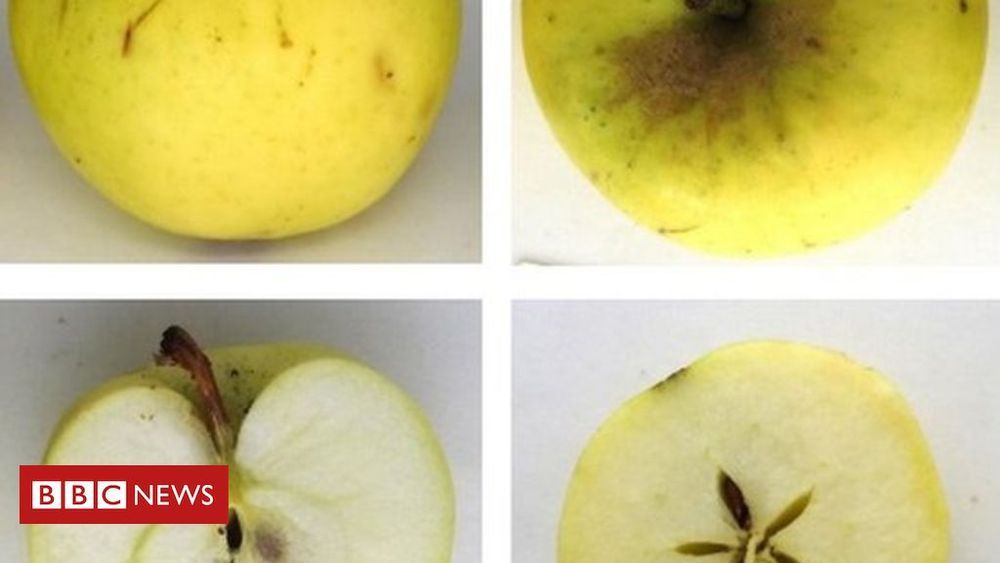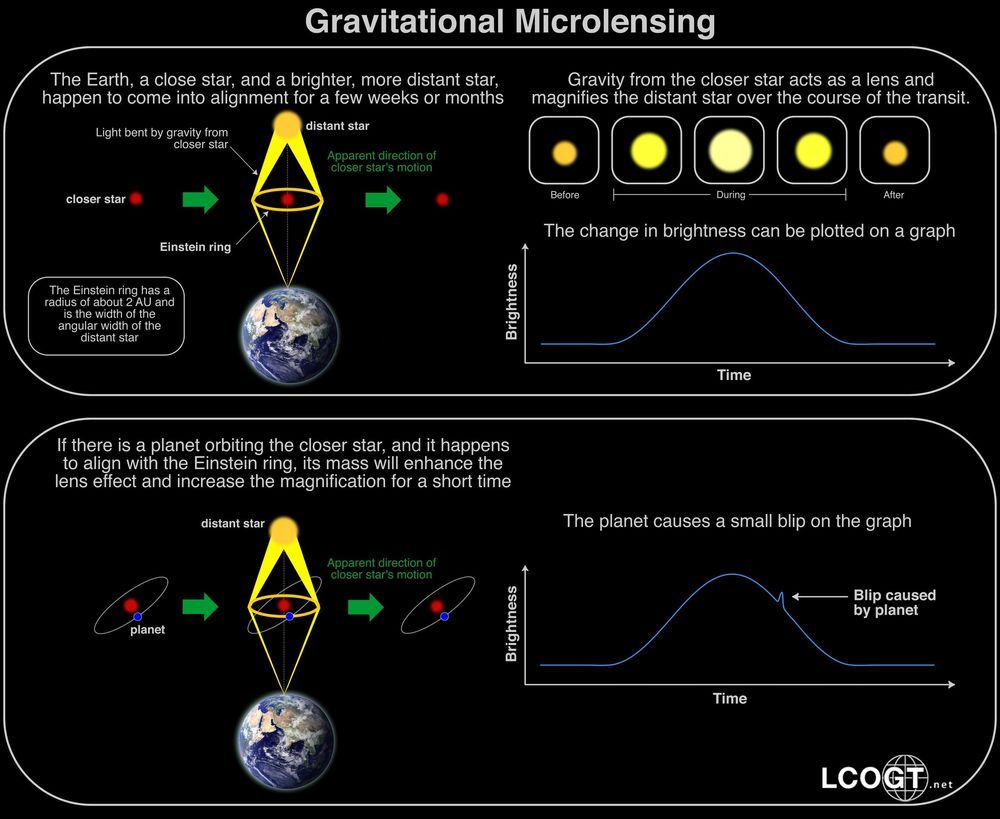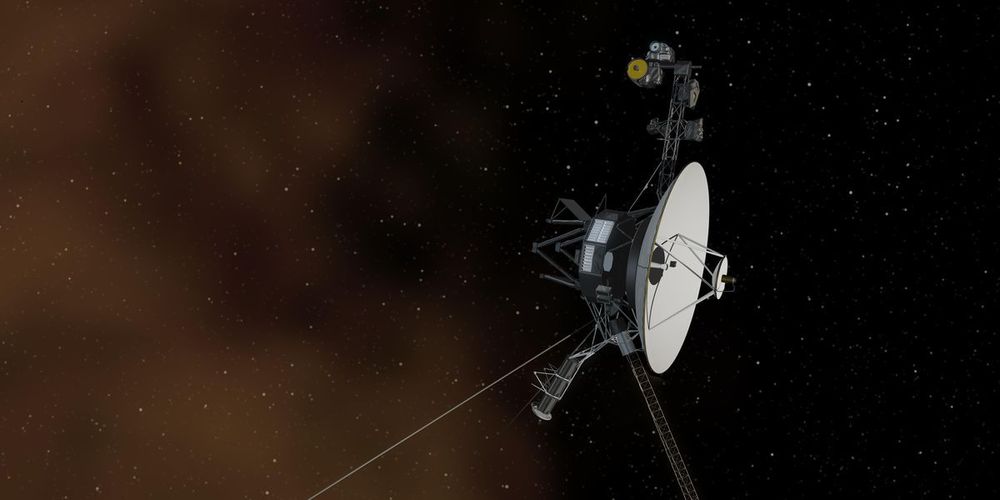Page 8909
Jan 10, 2019
Scientists Discover That Our Brains Can Process the World in 11 Dimensions
Posted by Genevieve Klien in categories: neuroscience, supercomputing
Neuroscientists have used a classic branch of maths in a totally new way to peer into the structure of our brains. What they’ve discovered is that the brain is full of multi-dimensional geometrical structures operating in as many as 11 dimensions.
We’re used to thinking of the world from a 3D perspective, so this may sound a bit tricky, but the results of this new study could be the next major step in understanding the fabric of the human brain – the most complex structure we know of.
This latest brain model was produced by a team of researchers from the Blue Brain Project, a Swiss research initiative devoted to building a supercomputer-powered reconstruction of the human brain.
Continue reading “Scientists Discover That Our Brains Can Process the World in 11 Dimensions” »
Jan 10, 2019
Japan’s pioneering detector set to join hunt for gravitational waves
Posted by Derick Lee in categories: cosmology, physics
The ¥16.4-billion (US$148-million) observatory — Japan’s Kamioka Gravitational Wave Detector (KAGRA) — will work on the same principle as the two detectors of the Laser Interferometer Gravitational-Wave Observatory (LIGO) in the United States and the Virgo solo machine in Italy. In the past few years, these machines have begun to detect gravitational waves — long-sought ripples in the fabric of space-time created by cataclysmic cosmic events such as the merging of two black holes or the collision of two neutron stars.
LIGO’s Asian cousin will this year deploy ambitious technology to improve sensitivity in the search for these faint, cosmic ripples — but its biggest enemy could be snowmelt.
Jan 9, 2019
Baby boomers more likely to share fake news—study
Posted by Michael Lance in category: futurism
Interestingly, the study also found that Facebook users over 65 years old, on average, shared nearly seven times as many fake news articles as the youngest age group (18−29 years old). #INQLifestyle
A study by researchers from Princeton University and New York University found age as the prime factor that determined whether someone would share “fake news” on social media.
The study, published in the peer-reviewed Science Advances journal on Jan. 9, shed light on the concerns about the prevalence and effects of spreading misinformation during the 2016 US presidential campaign.
Continue reading “Baby boomers more likely to share fake news—study” »
Jan 9, 2019
NASA telescope spots black hole shrinking after devouring a star
Posted by Michael Lance in categories: cosmology, evolution
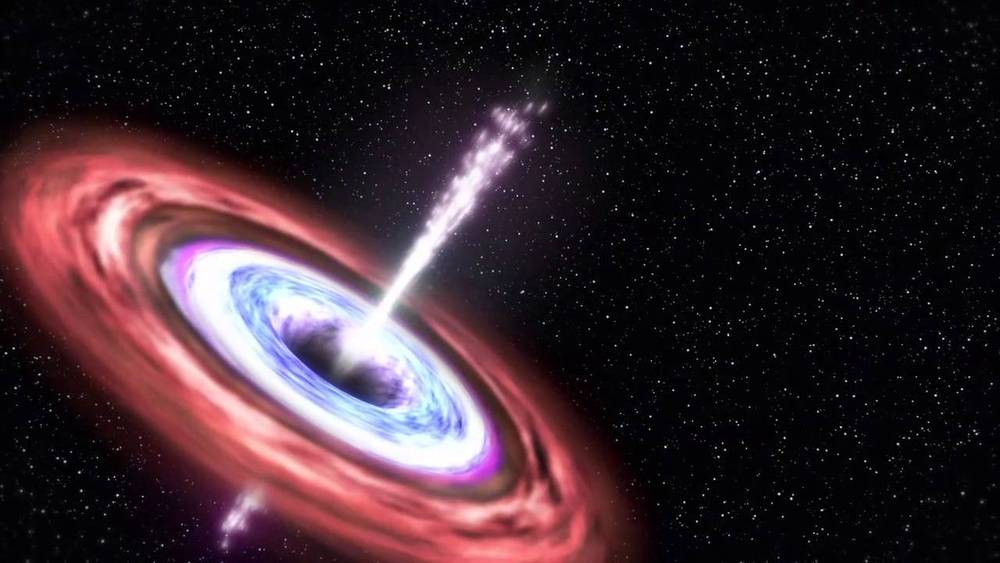
About 10,000 light years away from Earth, a black hole is engaged in a stellar feast, devouring the gases of a nearby star.
A stellar meal provides tantalizing new evidence about black hole evolution.
Continue reading “NASA telescope spots black hole shrinking after devouring a star” »
Jan 9, 2019
Study overturns dogma of cancer metabolism theory
Posted by Xavier Rosseel in categories: biotech/medical, life extension
Scientists at the Eli and Edythe Broad Center of Regenerative Medicine and Stem Cell Research at UCLA have discovered that squamous cell skin cancers do not require increased glucose to power their development and growth, contrary to a long-held belief about cancer metabolism.
The findings could bring about a better understanding of many cancers’ metabolic needs and lead to the development of more effective therapies for squamous cell skin cancer and other forms of epithelial cancer.
The research, led by senior authors Heather Christofk and Bill Lowry, was published in the journal Nature Communications.
Continue reading “Study overturns dogma of cancer metabolism theory” »
Jan 9, 2019
Asteroid-circling spacecraft grabs cool snapshot of home
Posted by Genevieve Klien in categories: habitats, space travel
CAPE CANAVERAL, Fla. (AP) — An asteroid-circling spacecraft has captured a cool snapshot of home.
NASA’s Osiris-Rex spacecraft took the picture days before going into orbit around asteroid Bennu on New Year’s Eve.
The tiny asteroid — barely one-third of a mile (500 meters) across — appears as a big bright blob in the long-exposure photo released last week. Seventy million miles (110 million kilometers) away, Earth appears as a white dot, with the moon an even smaller dot but still clearly visible.
Jan 9, 2019
‘New’ apple and pear varieties found
Posted by Genevieve Klien in category: biotech/medical
A total of 73 previously unrecorded varieties of apples and pears believed to be unique to Wales have been discovered by researchers.
About 200 trees were DNA-tested in the two-year project to find, catalogue and preserve new varieties.
Some have been propagated and are now being grown in 13 community orchards around Wales.
Jan 9, 2019
Nature’s magnifying glass reveals unexpected intermediate mass exoplanets
Posted by Genevieve Klien in category: space
Astronomers have found a new exoplanet that could alter the standing theory of planet formation. With a mass that’s between that of Neptune and Saturn, and its location beyond the “snow line” of its host star, an alien world of this scale was supposed to be rare.
